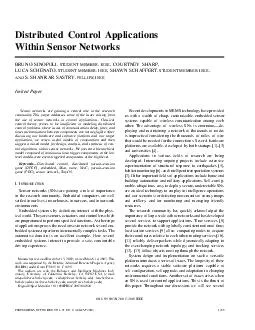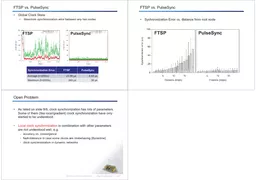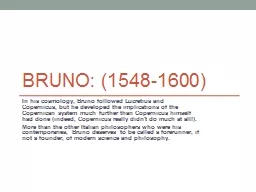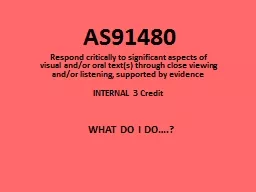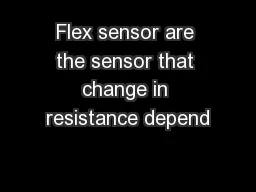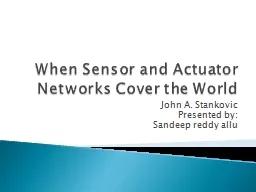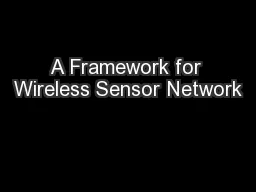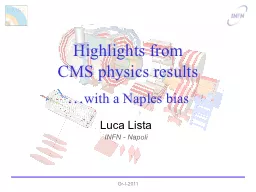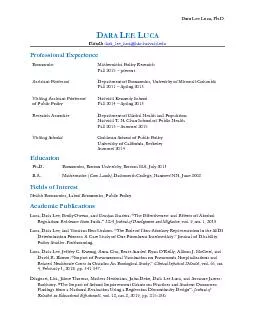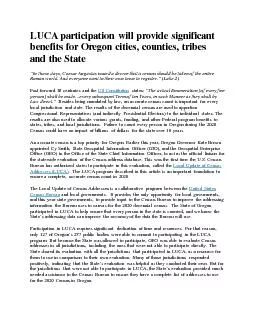PDF-Distributed Control Applications Within Sensor Networks BRUNO SINOPOLI STUDENT MEMBER
Author : mitsue-stanley | Published Date : 2014-12-12
SHANKAR SASTRY FELLOW IEEE Invited Paper Sensor networks are gaining a central role in the research community This paper addresses some of the issues arising from
Presentation Embed Code
Download Presentation
Download Presentation The PPT/PDF document "Distributed Control Applications Within ..." is the property of its rightful owner. Permission is granted to download and print the materials on this website for personal, non-commercial use only, and to display it on your personal computer provided you do not modify the materials and that you retain all copyright notices contained in the materials. By downloading content from our website, you accept the terms of this agreement.
Distributed Control Applications Within Sensor Networks BRUNO SINOPOLI STUDENT MEMBER: Transcript
Download Rules Of Document
"Distributed Control Applications Within Sensor Networks BRUNO SINOPOLI STUDENT MEMBER"The content belongs to its owner. You may download and print it for personal use, without modification, and keep all copyright notices. By downloading, you agree to these terms.
Related Documents

